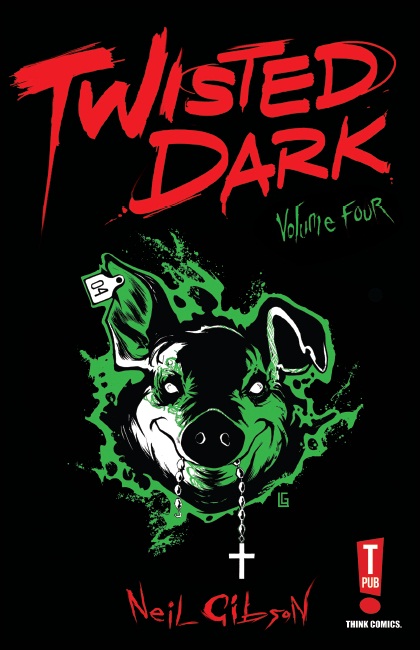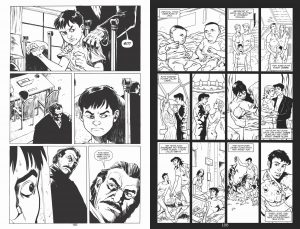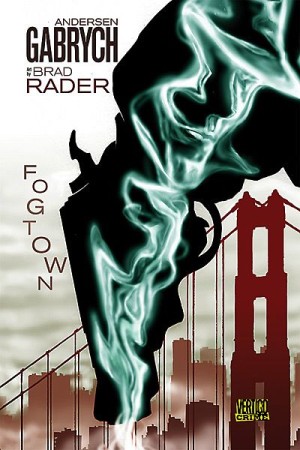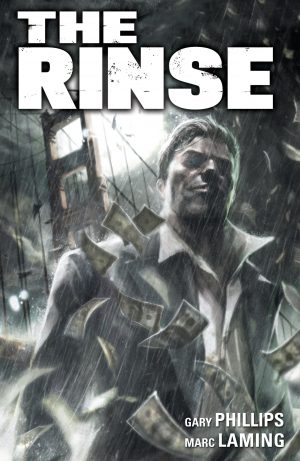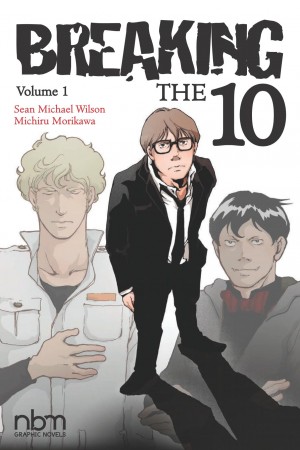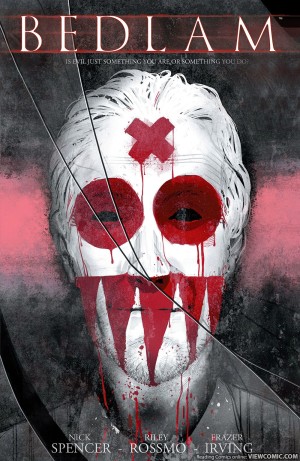Review by Frank Plowright
Roald Dahl’s lasting fame as an author proved to be as a writer of children’s books, but in the 1970s he had a lucrative sideline in writing mystery stories. These updated the gothic horror template used since the 1800s by using then contemporary devices and attitudes to feed his surprises, setting his stories in the everyday world. Neil Gibson uses much the same device. His cast is populated with modern criminals, cellphones and high rise blocks, and like Dahl, he’s very rarely predictable even in this fourth volume. There is an exception in ‘Little Piggy’, but that’s a deliberate exercise in anticipating horror. Once the entire cast is introduced and their purposes clear there’s a seemingly inexorable path being followed, and it’s utterly terrifying. It may be the best story Gibson’s yet written.
Gibson prefaces each of his stories with a quote, often something of statistical relevance to what follows. They’re not to be skipped. While sometimes not directly connected to the following story beyond basic theme, they’re thought-provoking, so worth reading. There have been recurring characters in the previous books, and making connections with stories from those is simple enough, but in this collection Gibson twice provides sequels to stories presented earlier in the book.
The standard of art is the highest so far, with each of the artists managing to capture the essence of their contributions. It’s regulars Caspar Wijngaard and Atula Siriwardane who carry the continued stories, Wijngaard expressive and inventive, and Siriwardane with a comfortingly familiar naturalism that conceals the darkness. The sample art is from newcomers Jim Terry (left), and Errol Debris and Novian Rivai (right), who fit right in. The latter have a style reminiscent of 1980s 2000AD, although could provide more background detail, while some variation of viewpoints from Terry would have improved matters, but both are good, and so is Jake Elphick, who made his Twisted Dark début with volume three. He sometimes over-eggs his expressions, leading to momentary confusion in ‘Babysitting’, but in all cases the slight flaws could be seen as nitpicking about what’s good storytelling from largely unknown artists.
As Gibson notes, the Twisted Dark title doesn’t mean every story has to end with a shock, and they don’t, but there are plenty of them along the way in what’s the best collection to date. One more volume follows.
